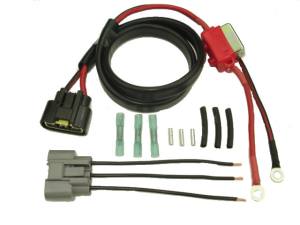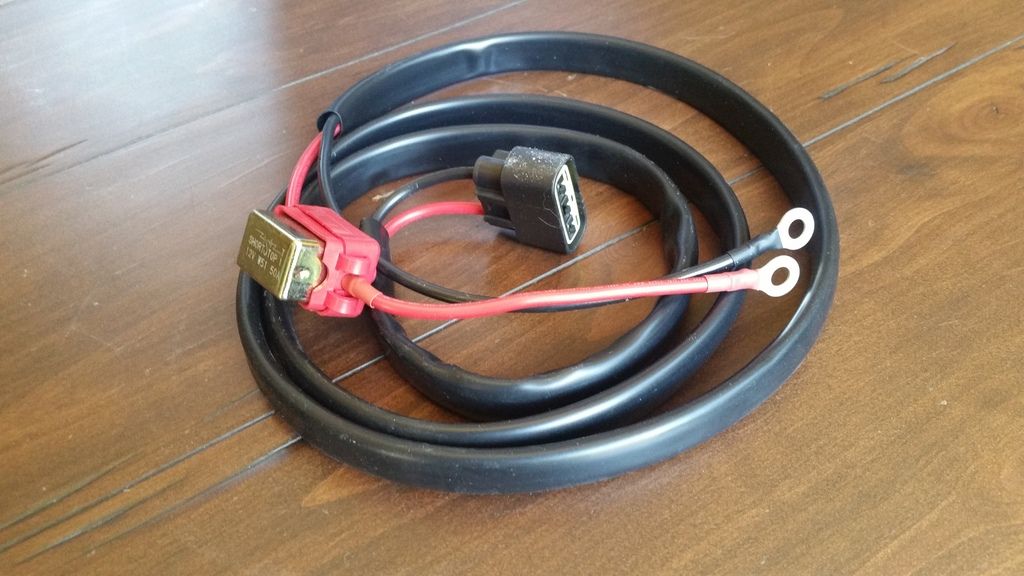SkooterGThe R/R on the GenII is located near the rear shock, you don't need to remove any parts to get to it.
You'll find that your problem is most likely the one many of us GenII owners have faced before, it's due to the cheap-ass underrated wiring Yami used for this circuit.
The solution is to bypass the OEM wiring going from the R/R to the Battery with a min. 12AGW wiring, for both +ve & -ve leads. You can choose to use either a regular fuse or a circuit breaker (they are both about the same size).
Dcarver did a lot of research on this a few years back and has documented it very well on the forum, I just don't have a chance right now to search for it.
You can of course scrounge up the needed parts from eBay, etc. or Jack makes a complete plug & play kit for this with the circuit breaker included.
Super harness with 30 amp circuit breaker
https://roadstercycle.com/index.htm
Thanks!
So I have found the R/R. Looking from the left side of the bike, which connector is the output? Left or right? (Damn I wish I had my SM!) I assume I unplug the output connector and check voltage on the R/R where I unplugged it? From my forum search, I should have 15.4V.
Yes, I have a trusted technical source within Yamaha who was almost willing to bet me it was degraded wiring from the R/R to the battery. (The same thing happened to his '06 FJR) I am getting 13.1-13.4v at the battery terminals.
Since I am going through a move it's difficult to work on my own shit right now, and will be for some time. The 09 was a few days within the 5 year Y.E.S so I took it to a dealer. I told them what was going on and what I suspected. After having it two weeks they returned it to me and told me everything checked out ok - 14.0+ volts everywhere. WTF?!?!?!?! Before I left I had the service manager check the battery terminal charging voltage and his POS voltmeter was bouncing around but reading around 13.4v. He just stared blankly at me. Fuck them, I brought it home and verified I am still at a charging voltage of 13.1-13.4v at the battery terminals. I want to verify my R/R output voltage is correct so I can take it back to them and tell them to fix this POS Gen II FJR correctly this time and do it for goddamned free under the extended warranty!!! Grrrrr.......
Perhaps I'll just fix it myself with that nifty kit you provided info for. Thanks! But this weekend the g/f, I, and her 21 year old son move into an 1100 sf apartment with no freaking garage until we find a house to buy. My life sucks. I keep telling myself that in 3-6 months all will be good.
I vaguely remember Carver's thread and the wealth of research and information it supplied but as of yet haven't found it.






